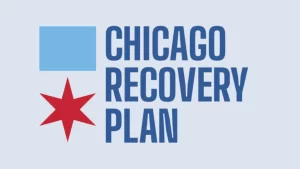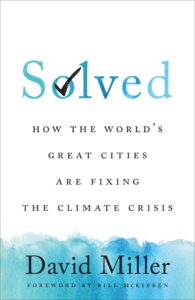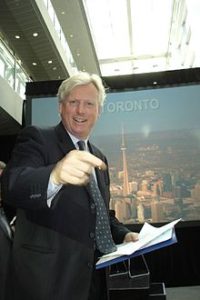Almost all content on this blog is written by me. On rare occasions, I have hosted a guest writer when I decided it was appropriate. In this case, I am sharing an announcement from my own church, which is entering an agreement with the City of Chicago for a grant to support installing a solar energy system on its roof. I am elated to share this news and my own role as both grant writer and primary contact for an administrative team that will work with the city to implement this dynamic project.
Jim Schwab
 Augustana Solar Project Announcement
Augustana Solar Project Announcement
March 5, 2024
Augustana Lutheran Church of Hyde Park Receives Major Grant for
Transformational Solar Energy Project
In February 2024, the City of Chicago awarded Augustana Lutheran Church of Hyde Park and Lutheran Campus Ministry a $233,880 Chicago Recovery Plan (CRP) grant. The grant, a part of the CRP’s Climate Infrastructure Fund, will support the cost of a solar project to transform Augustana’s energy use. Funding for the CRP came partially from the federal American Rescue Plan Act of 2021.
With a two-year implementation window, the grant will underwrite re-roofing a portion of Augustana’s building followed by the installation of 102 solar panels on top of the new roofing. As a part of the solar installation, new electrical work in the building will allow the congregation to use the panels to power its electricity needs.
According to the Rev. Nancy Goede, Augustana’s parish pastor, “Christians are called to be stewards in every aspect of life, both at church and at home. We’re also called to care for the created world. This project is a great way to connect our desire to be wise stewards of our facility with moving in a new direction to reduce energy consumption and counter climate change. It allows us to move away from fossil fuels, and to demonstrate to other religious communities and our neighbors that this is possible.”
Augustana’s grant proposal arose from discussions within its Green Team. Led by co-chairs Elizabeth Roma and Shirley Wilson-Sigler, the Green Team is a working group dedicated to connecting the congregation’s spiritual practices and traditions with solutions for climate change and environmental justice issues.
Green Team member Jim Schwab led the effort to develop and write the proposal. According to Schwab, “Solar energy is one of several renewable energy technologies that are critical in moving communities and nations away from reliance on fossil fuels like oil, coal, and natural gas that add greenhouse gases to the Earth’s atmosphere. Solar rooftops are an ideal way also of decentralizing energy production. In the event of a grid failure during a disaster, they also allow buildings like churches, schools, and businesses to continue generating their own clean energy, enhancing community resilience in the process.”
Engineers estimate that, at times, Augustana’s solar array will produce more electricity than needed and that excess will be sold back to the grid, while at other times the congregation will continue to supplement power from the solar panels with electricity purchased from the grid. Averaged over time, the engineers predict that the energy generated will exceed Augustana’s current electrical usage.
The grant, administered by Chicago’s Department of Planning and Development, will reimburse Augustana’s costs. The congregation is securing short-term financing to bridge the gap between incurring the expenses and receiving the grant’s reimbursements, according to the congregation’s treasurer, Carolyn Rahaman.
A goal of the Climate Infrastructure Fund is to support projects that serve as examples for the community. “We pray that this project will offer an urgent yet hopeful message to our neighbors,” according to Augustana’s campus pastor, the Rev. Matthew Stuhlmuller. “Earth’s climate is changing, and all of us need to reimagine our use of the earth’s resources. Both religious and civic organizations can play a key role in modeling sustainable practices for the whole community to follow. Solar energy is only one piece in a much larger puzzle, but together, our combined efforts can generate an outsized impact for generations to come.”
For more information, contact:
Parish and Facilities Administrator
Augustana Lutheran Church of Hyde Park and Lutheran Campus Ministry
5500 S. Woodlawn Avenue
Chicago, Illinois 60637
773.493.6451
office@augustanahydepark.org





